Is ADHD making your days more challenging? Think of ADHD planners as the Swiss Army knife for managing those tough days. They come loaded with clever features — structured layouts, colored labels, and checklists — to slice through procrastination and help you stay organized.

What is an ADHD planner?
ADHD planners typically include several key features designed to help manage ADHD-related challenges. They are available in both paper and app formats.
Here are some points to consider:
Visual layout: Features like color-coding, symbols, and simple design elements can help you categorize and prioritize tasks.
Task segmentation: Many ADHD planners break tasks into smaller, manageable steps. This can make it easier to start and complete tasks without feeling overwhelmed.
Time blocking: The time blocking features allow you to allocate specific time slots for tasks.
Built-in reminders: Non-negotiable dates are non-negotiable. Look for planners that include sections for reminders about important dates, deadlines, and daily goals.

Some planners come with stickers, priority systems, or habit trackers. The most important thing is to find a design that you can customize to suit your needs and preferences.
Choose the planner that suits your need
Life happens, and everyone works differently. Finding that one planner that works for your daily life goes a long way. Some people enjoy the experience of pen on paper — some rely on the reminders of a digital planner.

Explore your preference by checking out the following options:
Paper planners: Review some ADHD planners.
Digital planners: Try out the free calendar apps by Apple, Google, or Microsoft To Do.
Build your own: Download free templates to your preferred planner app or for print.
Start small
Don't bite more than you can chew! Break down a large task into a to-do list. Make it bite-sized.
Planning is all about paying attention to details, assigning the perfect time slots, and getting tasks done at your own pace.
Here are some benefits of this approach:
Motivation: Every time you check one item off, the sense of making progress motivates you to keep at it.
Time management: You don't have to complete all action items in one go. Group them into separate times or days, so you have better control of your daily routine.
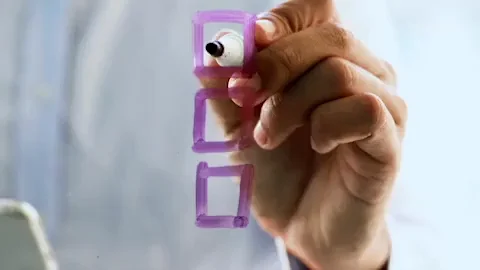
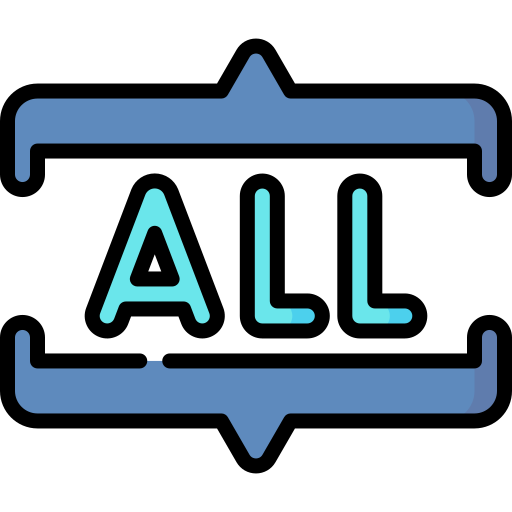
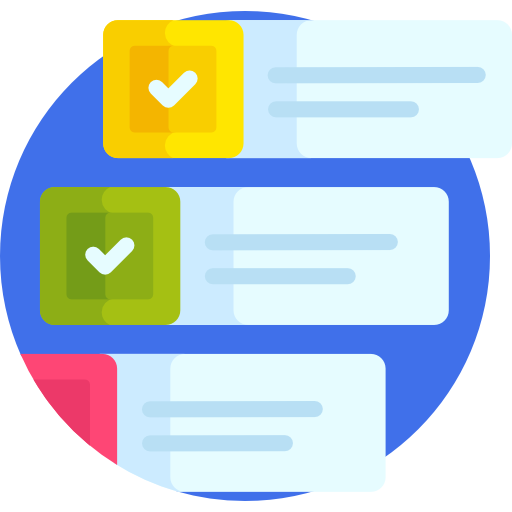
Instead of:
Today
Clean bedroom
Do this:
Today
Vacuum floor
Put away dried clothes
Tomorrow
Organize desk
Empty garbage can
Block time and batch tasks
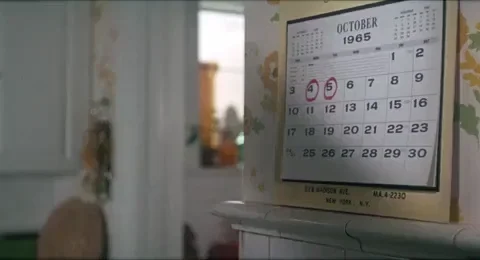
Map out your day or week in sessions with your ADHD planner. Group similar tasks in periods instead of time points. By doing so, you can gauge how much time a certain task will require in real life.
On your calendar, the time blocks serve as a visual indication and keep you on track with time.

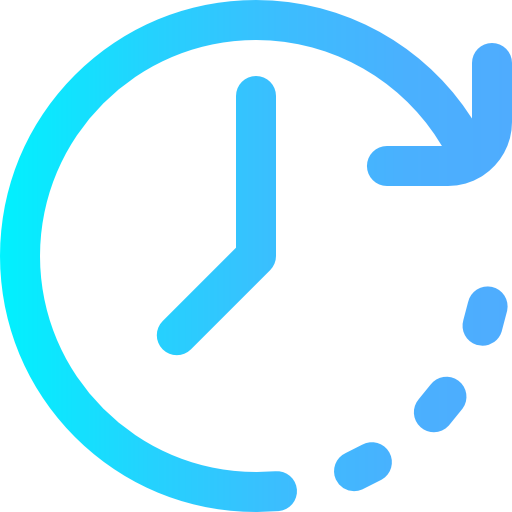
Instead of:
3:30 pm: Clean bedroom
Do this:
Today
3:30 - 4:00 pm: Vacuum floor
4:00 - 4:20 pm: Put away dried clothes
Tomorrow
10:00 - 11:00 am: Organize desk
11:00 - 11:10 am: Empty garbage can
Plan for self care
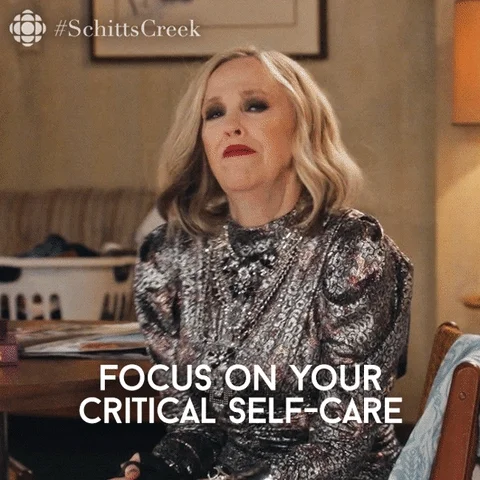
Our focus and energy are limited resources. Hobbies, working out, or simply doing nothing help us relax and recharge our mind as well as our body.
Make it a priority to block out time for self-care activities daily, weekly, and monthly.
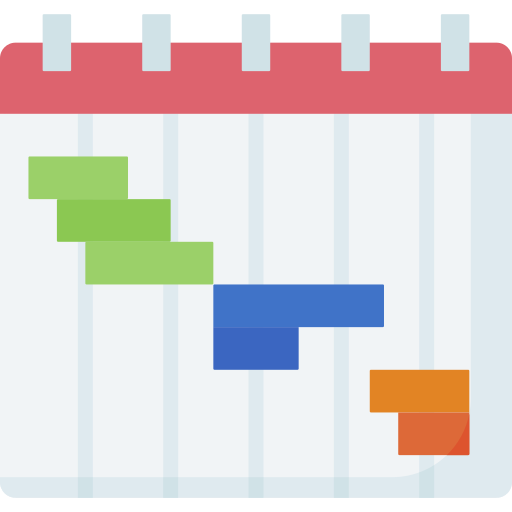
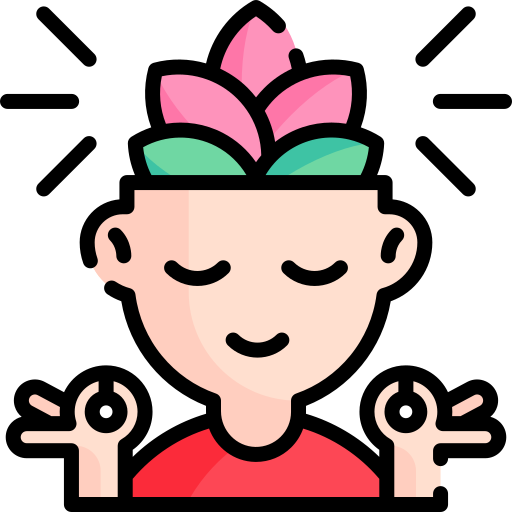
Here are some examples you can consider adding to your ADHD planner:
Set aside recurring times when you can pursue your hobbies.
Call your family or friends to book a monthly meetup.
Join local meetups of shared interests.
Take a walk in nature or a neighboring park.
Treat yourself to a home spa with a warm bath and face mask.
Spend time getting lost in a good book.
Do workouts like yoga, running, or whatever suits your physical ability.
Keep your planner accessible
Out of sight, out of mind — this can often lead to forgetting plans and losing track of time. Always keep your ADHD planner where you can't miss it! It serves as a handy reminder. Set a timer or reminder on your phone or wearable device for extra help.

Begin your morning quietly with your planner.
Review your tasks for the day. This helps be productive.
At the end of the day, go over what you’ve accomplished.
Appreciate yourself, and write down your thoughts.

Jamie, a 29-year-old university student in his final year, struggles with forgetfulness, time management, and distractions. Despite a passion for his graphic design major, Jamie often forgets assignments, loses track of time, and gets sidetracked by the environment, leading to missed deadlines and stress.
Quiz
What are useful strategies for Jamie to stay on track with his ADHD planner to navigate the day? Select all that apply:
Take Action
Managing ADHD is an ongoing process. Use an ADHD planner to help you organize your day. Tweak your planning to suit your life, but not the other way around.

Check out the related resources to help you stay organized:
Your feedback matters to us.
This Byte helped me better understand the topic.
